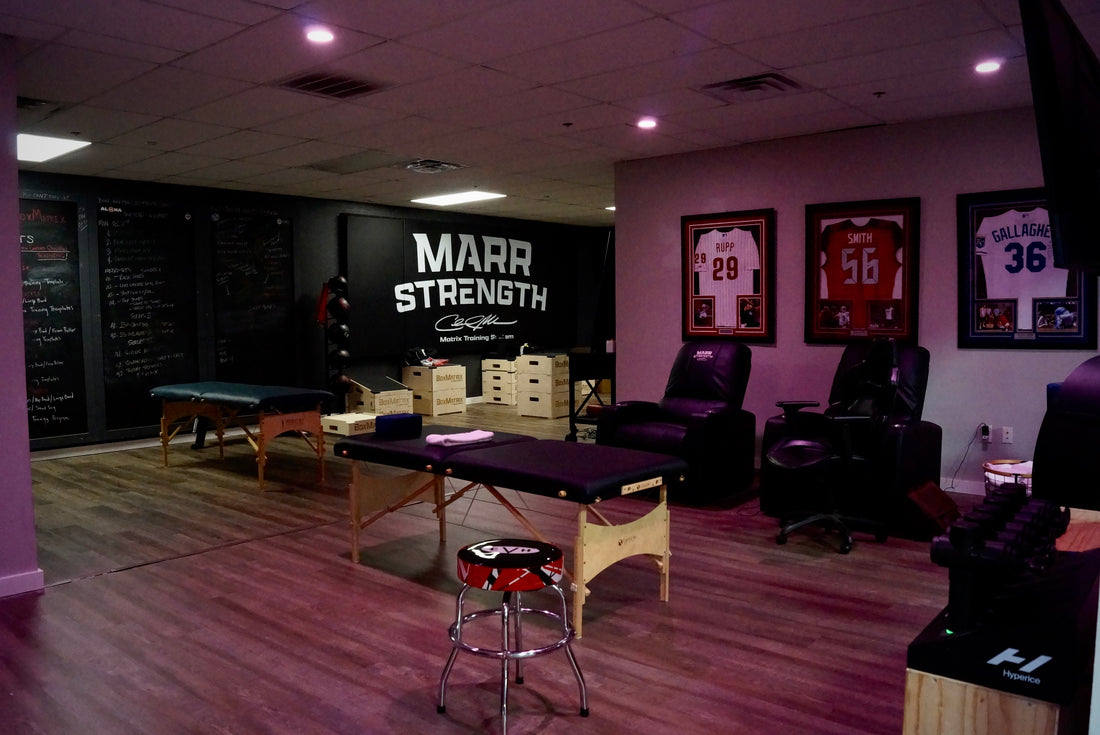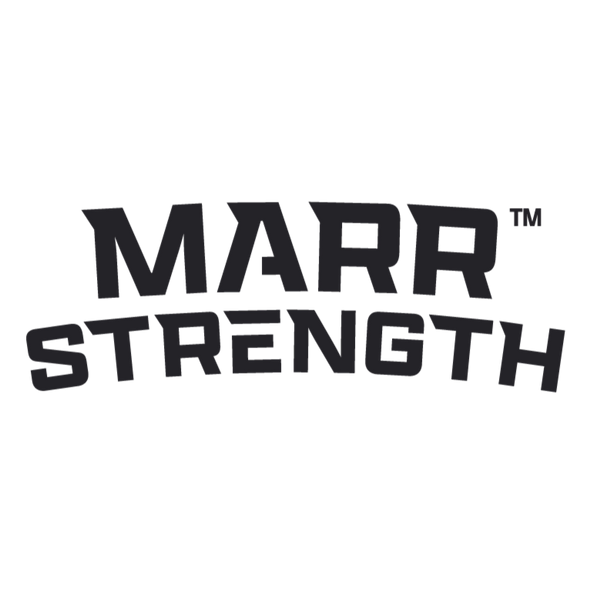
The Importance of Healthy Hips and Myofascial Release
Share
Weak or improperly functioning hips are a widespread issue, affecting nearly 99% of the population. Weak hips don’t just cause localized discomfort; they disrupt the entire kinetic chain, leading to mobility issues, pain, and even injuries in other parts of the body. Addressing these problems often requires a combination of manual therapy, like myofascial release, and targeted follow-up exercises to restore proper function.
What Happens When Muscles Are Overworked?
When muscles are overworked or subjected to repetitive strain, the body initiates a protective response known as fibrosis. This process involves the buildup of collagen and fibrous tissue around the muscles. While this is intended to shield the muscle, it ultimately restricts movement as the tissue hardens, much like a python squeezing tighter over time.
This restriction can cause significant mobility issues, such as difficulty lifting a leg, performing functional movements, or even managing daily activities without pain. Fibrosis precedes many injuries, making it critical to address the underlying issue before it worsens.
What Is Myofascial Release and Why Does It Work?
Myofascial release is a form of manual therapy designed to break down restrictive fibrotic tissue and restore muscle function. By applying targeted pressure to affected areas, this technique helps:
- Stimulate the contraction of muscle tissue.
- Break down hardened collagen and fibrous tissue.
- Facilitate the flushing out of waste material.
- Promote heat and blood flow to aid in healing.
Think of myofascial release as hitting the reset button for your muscles. It breaks down the restrictive barriers that prevent proper movement and opens the door for improved mobility and function.
Why Follow-Up Is Essential
While myofascial release provides immediate relief, the process doesn’t end there. The real progress comes from relearning and reteaching the compromised areas how to move and contract effectively. This step ensures that the muscles remain open and functional rather than reverting to their restricted state.
Rehabilitation exercises and strength training play a critical role in this follow-up process. They rebuild strength in the affected areas, reinforce proper movement patterns, and prevent future issues from arising.
The Role of Healthy Hips in Overall Mobility
Hips are at the center of nearly every functional movement, from walking to squatting to athletic performance. When they’re weak or restricted, the ripple effect can lead to pain and dysfunction in the lower back, knees, and even shoulders. Ensuring hip mobility and strength is key to maintaining a healthy, pain-free body.
Conclusion
Weak hips and fibrosis are more common than you think, and they can severely impact your quality of life. Myofascial release is a powerful tool to address these issues, breaking down restrictive tissue and restoring movement. However, lasting results depend on following up with targeted exercises to retrain the muscles. By prioritizing healthy hips and proper recovery techniques, you can unlock your body’s full potential and avoid chronic pain and injuries.
Take care of your hips—they’re the foundation of everything you do.
